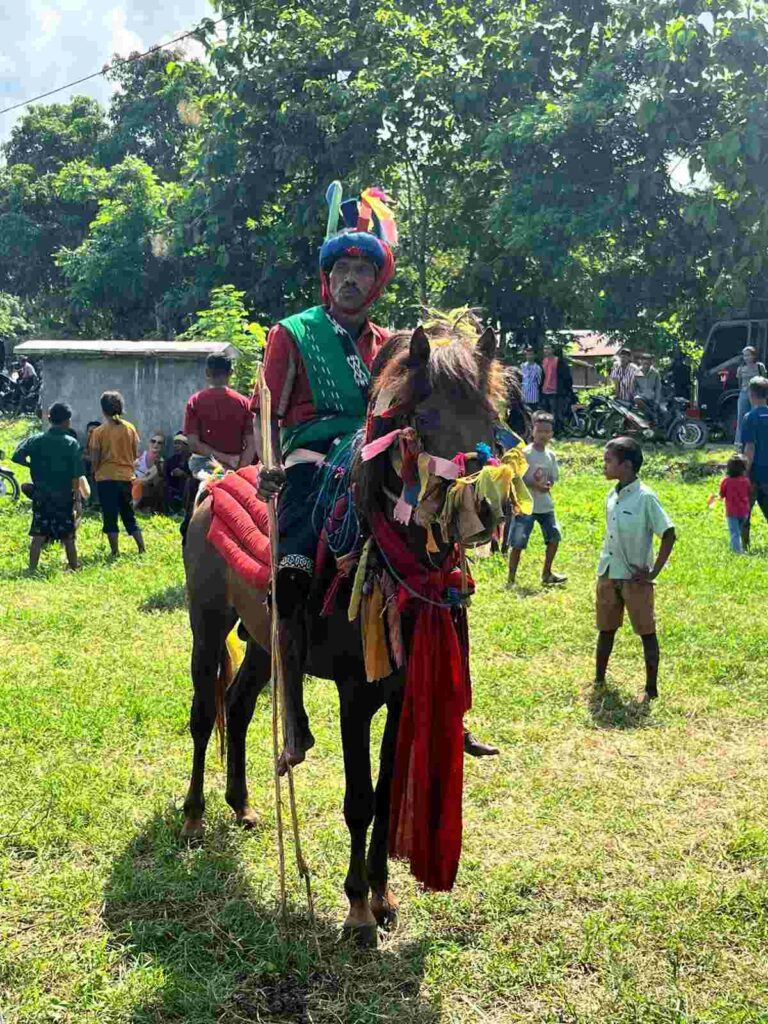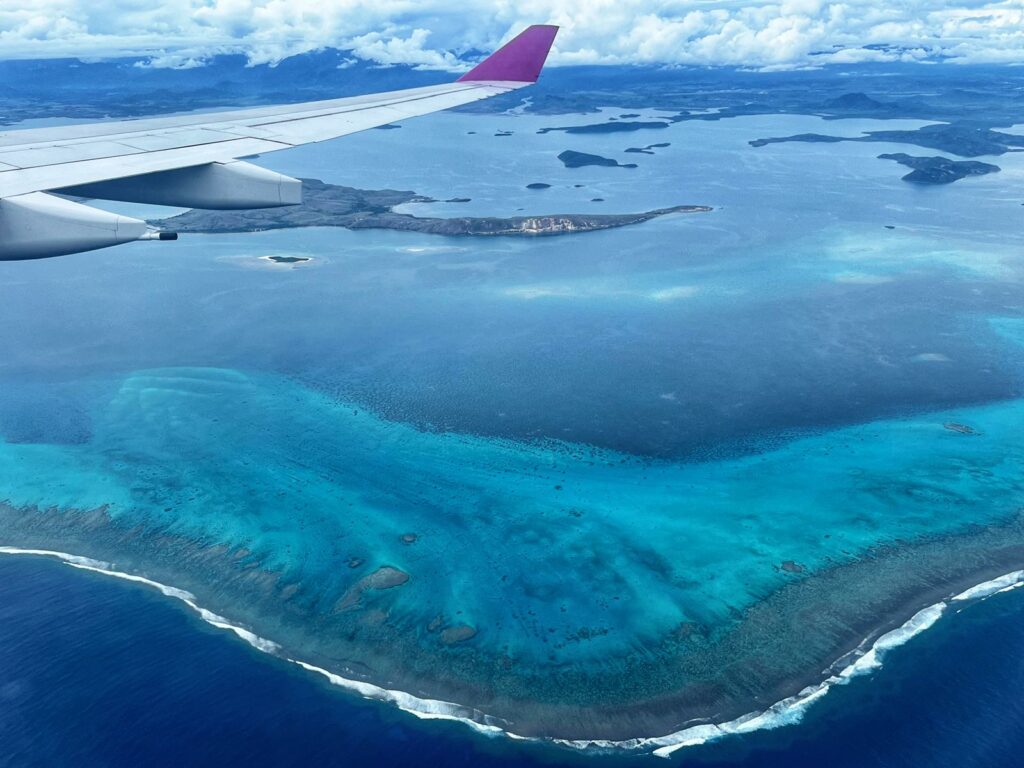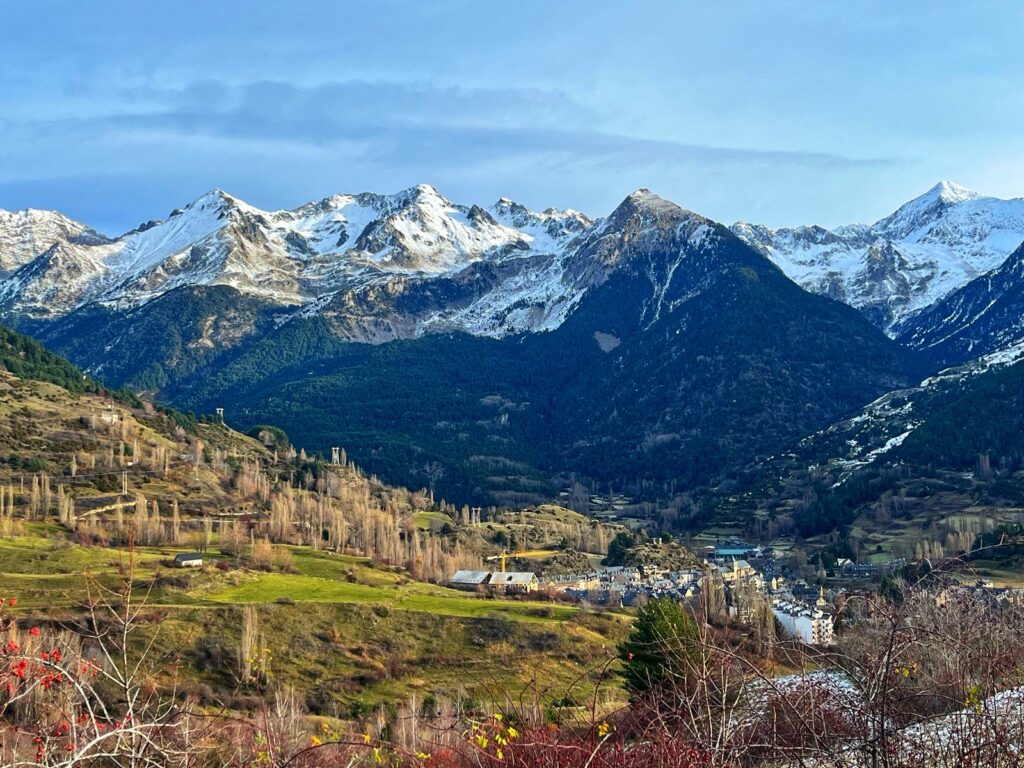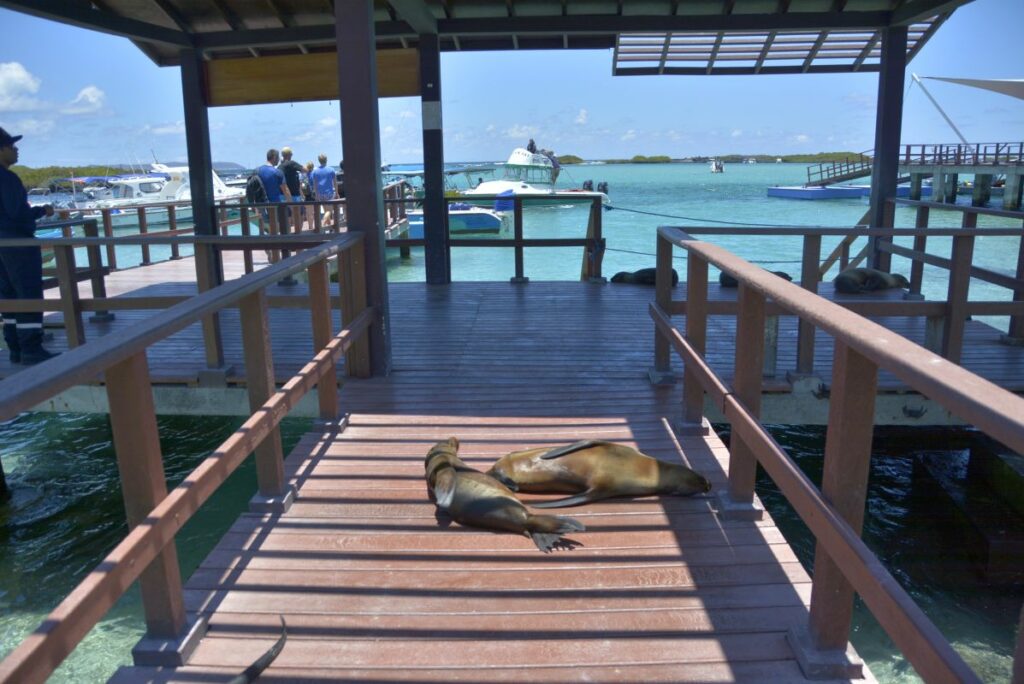
Sumba Island turned out to be more exceptional than I could ever imagine! Most visitors coming to the island are seeking to explore its untouched wilderness. But the truth is the most fascinating aspect of Sumba Island is its deep-rooted traditions. The island is home to several indigenous tribes, each with their own distinct customs and rituals. Tribes such as the Marapu and Kodi have managed to preserve their traditions for centuries.
Getting closer to their traditions and cultural habits brought me lifetime memories and scenes revealed during Pasola Festival in Sumba – tradition that have been cultivated here for centuries. This experience was one of the most precius journeys among my years of travels.
Blood behind the Pasola Festival in Sumba.
The most fascinating stories are always about people. Sumba people have been living on this island for thousands of years, some sources say even back to Neolithic times around 4000bc.
I have never experienced something more unique like Pasola Festival in Sumba – a violent war spectacle deeply rooted in the island’s rich heritage.
Sumbanese do not fear death, that’s why the festival often turns into a real battle between the tribes and blood sacrifice is a must in this war ritual.
War ritual of the Pasola Festival in Sumba.
The Pasola festival is one of the most famous and significant traditional festivals celebrated in Sumba. This traditional spear-throwing ritual takes place annually in February or March in West and South-west Sumba. This ancient ritual involves a thrilling horseback battle between two rival clans (two groups of men from different villages).
The participants, adorned in traditional attire and armed with wooden spears, engage in a spirited competition, aiming to strike their opponents. The Pasola Festival not only showcases the equestrian skills of the Sumbanese but also symbolizes the island’s agricultural cycle and the renewal of life.
This traditional war ritual is played by Sumbanese to celebrate the rice planting season. The festival is believed to be a way to ask for a good harvest and prosperity for the community.
Pasola Festival is held in different parts of west Sumba. However the most popular includes Kodi tribe, well known for its rival spirit.
Date of the festival varies each year and is determined by the arrival of the worms, which are considered a sign from ancestral spirits. It starts with arrival of the ‘nyale’ sea worms as they emerge from the ocean – the Marapu Legend.
The Marapu Legend in Sumba.
In the Nyale legend it is said that a princess named Mandalika believed her husband went missing in the ocean while fishing. She was highly sought after by various princes who desired her hand in marriage but she was unable to choose the one. To prevent conflict between her suitors Mandalika decided to sacrifice herself by jumping into the sea. As she did so, she transformed into nyale worms, which are marine worms that emerge during a particular season on the beaches of Lombok.
The Sasak people believe that the nyale worms are the reincarnation of Princess Mandalika and consider them to be sacred.
Sumbese tradition of chewing “happa” - betel nut.

The tradition of chewing betel nut is deeply ingrained in the culture and customs of the people of Sumba. It is not such a unique cultural practice, I widely witnessed it in Myanmar in south-east Asia (they chew betel nuts and lime).
Chewing betel nut – “moma” in the local language, is a common social practice that holds great significance in Sumbanese society – it is considered a symbol of hospitality, friendship, and respect. It is often offered to guests as a gesture of welcome and goodwill (I tried it, watch out it is addictive ;)).
The preparation and sharing of betel nut are integral parts of traditional ceremonies, rituals, and social gatherings in Sumba.
Betel nut itself is a seed of the areca palm, which is often wrapped in a betel leaf along with slaked lime and sometimes tobacco. When chewed the mixture produces a mild stimulant effect and a distinctive red-colored saliva, causing reddish teeth and mouths. This practice is not only a social custom but is also believed to have medicinal and symbolic value in Sumbanese culture.
While traveling across the island is still a bit challenging due to poor road and tourist infrastructure, you might want to check an organized tour – Viator offers very affordable 4 days/3 nights exploration trip across west and east part of Sumba.
Other unique traditions in Sumba Island.
Sandelwood Festival - East Sumba.
Sandelwood Festival is usually held in July, the event is included in the Top 100 Indonesian Events by the Ministry of Tourism and Creative Economy of the Republic of Indonesia. The aim is preservation of traditional arts and culture.
The 1001 Sandalwood Horse Parade is a traditional cultural event that aims to showcase the cultural heritage and traditions of the Sumba people. It serves as a celebration of the island’s rich history, particularly its association with sandalwood, which has been a significant commodity in the region.
Sandalwood production in Sumba.
Sumba has a long history of sandalwood production, and the trade of sandalwood has played a crucial role in the island’s economy and culture. The 1001 Sandalwood Horse Parade pays homage to this history and the importance of sandalwood in Sumba’s heritage.
During the 1001 Sandalwood Horse Parade, a thousand or more adorned horses, ridden by beautifully dressed horsemen, march in a grand procession through the streets of Sumba. The horses are decorated with colorful traditional cloths,
Wulla Podu Kodi Festival.
Wulla Poddu is another significant festival in Sumba, celebrated to honor the Marapu spirits. Celebrated by the Kodi tribe, this event is a grand display of their unique funeral traditions. The Kodi people believe in the cyclical nature of life and death, and the Wulla Poddu Festival serves as a way to honor and remember their ancestors. During the festival, elaborate processions, traditional dances, and sacrificial rituals take place
Traditional Sumba villages.
Stepping into traditionally constructed tribal villages in Sumba is an extraordinary experience, it’s like stepping back in time. The houses known as “Uma,” are constructed using natural materials such as bamboo, wood and thatch. These traditional houses are not just functional dwellings but also a reflection of the villagers’ beliefs and social hierarchy.
- Ratenggaro Village (south-west Sumba) – probably the most popular traditional village in Sumba also known for wild horses running along the ocean shores.
- Praijing Village – in my opinion the most beautiful traditional village in the island.
- Tarung Village.
- Praigoli Village.
- Pambota Njara (Waingapu district).
HOW TO GET TO SUMBA ISLAND: There are TWO ways to get to Sumba Island:
- FLIGHT. The best way to reach the island is by flying into Tambolaka Airport (TMC) on the west or Waingapu Airport on the east. It’s a 1h flight from Bali and if you book in advance it cost only $100 (check skyscanner.com for best deals).
- FERRY. The cheapest way to get from Bali to Sumba is by ferry but it takes 2 days. The costs is around: Rp450000 – Rp600000.
THINGS TO BRING:
- SIM CARD – DrimSIM.com – if you want to move around you need SimCard with data!
- ACCOMMODATION: Agoda.com has a good range of different type of stays (from eco-friendly to traditional bungallows).
- Medical insurance is a must- SafetyWing.




